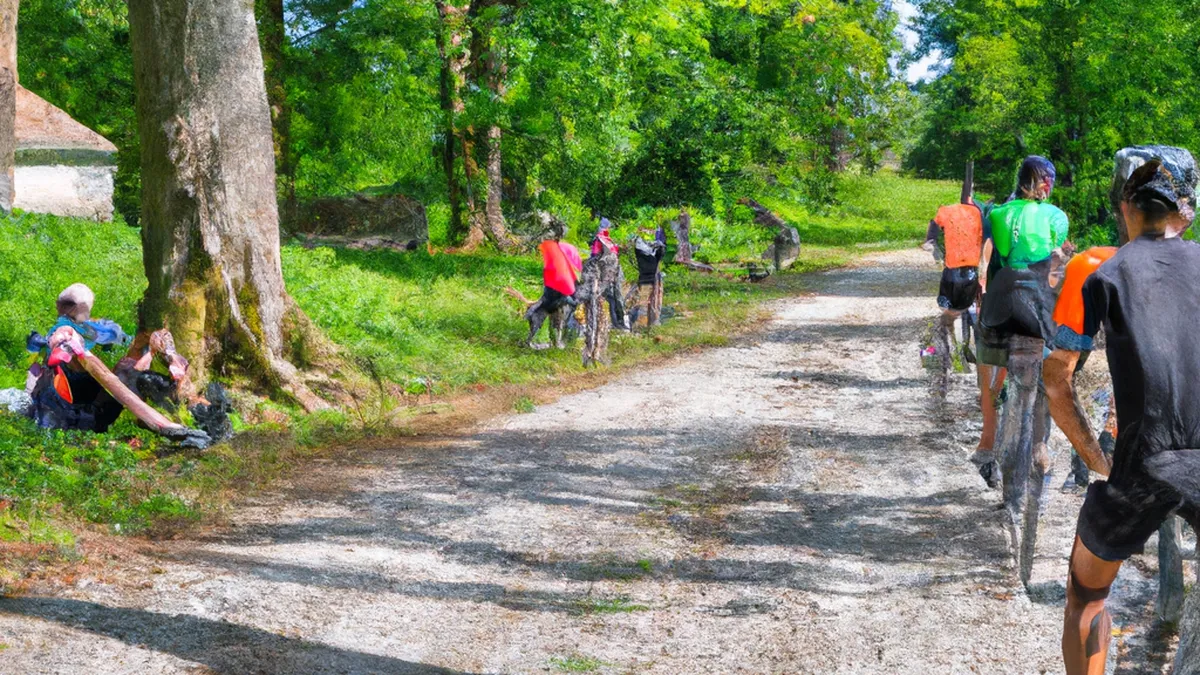Pedal Stronger by Imagining Success
The Importance of Mental Visualization in Gravel Cycling Training
Gravel cycling combines adventure and endurance. Riders navigate unpredictable terrains, varying weather, and fatigue from long distances. To prepare for these challenges, mental visualization serves as a crucial training tool. This technique enhances focus, builds confidence, and improves performance. This article explores how mental imagery can elevate your gravel cycling experience and offers practical tips for your training routine.
Understanding Mental Visualization
Mental visualization, or visualization training, creates vivid mental images in your mind. Athletes widely use this technique to enhance performance. In gravel cycling, visualization helps you prepare for physical and psychological challenges.
How It Works
When you visualize, your brain activates similar neural pathways as performing the task. This response allows your body to adapt to imagined actions. For example, envision tackling a challenging climb. Your brain establishes a mental blueprint for that scenario. When facing the actual climb, you will feel more prepared to handle the challenge.
The Science Behind It
Research supports mental visualization’s effectiveness in enhancing athletic performance. Studies show that athletes who practice visualization often outperform those who don’t. A study in the Journal of Sports Sciences found that athletes who visualized reported greater confidence and improved performance. This practice can enhance your gravel cycling training, fostering mental resilience and skill development.
Tips for Effective Visualization
Incorporating mental visualization into your training requires practice and intention. Here are practical tips to help you start:
Create a Quiet Space
Find a quiet, comfortable spot to focus without distractions. Choose a cozy corner at home, a park, or any relaxing place. Eliminate distractions—turn off your phone, close your laptop, and engage fully in visualization. Close your eyes and take deep breaths to relax and prepare your imagination.
Be Specific
Focus on specific details related to your cycling experiences during visualization. Imagine the terrain you ride, the weather conditions, and your emotions. Instead of general cycling imagery, picture yourself climbing a steep hill or navigating a technical descent. The more vivid your imagery, the more effective it becomes in training.
Use All Your Senses
Engage all your senses to create a more immersive visualization experience. Imagine the sound of gravel crunching beneath your tires, the wind on your face, and the sun’s warmth on your skin. Visualize the taste of water and the smell of the outdoors.
Conclusion
Mental visualization enhances performance and prepares cyclists for challenges. By integrating this technique into your training, you can improve focus, confidence, and overall cycling experience.
Below are related products based on this post:
FAQ
What is mental visualization, and how does it relate to gravel cycling training?
Mental visualization, or visualization training, involves creating vivid mental images to enhance performance. In gravel cycling, it helps riders prepare for both physical and psychological challenges by activating neural pathways similar to those used during actual cycling, thereby improving focus and confidence.
How can I effectively incorporate mental visualization into my gravel cycling training?
To effectively incorporate mental visualization, find a quiet space to eliminate distractions, focus on specific cycling experiences, and engage all your senses. Imagine the terrain, weather, and your emotions to create a vivid mental picture, enhancing the effectiveness of your training.
Is there scientific support for the effectiveness of mental visualization in athletic performance?
Yes, research supports the effectiveness of mental visualization in enhancing athletic performance. Studies, including those published in the Journal of Sports Sciences, indicate that athletes who practice visualization often report greater confidence and improved performance compared to those who do not.















Post Comment